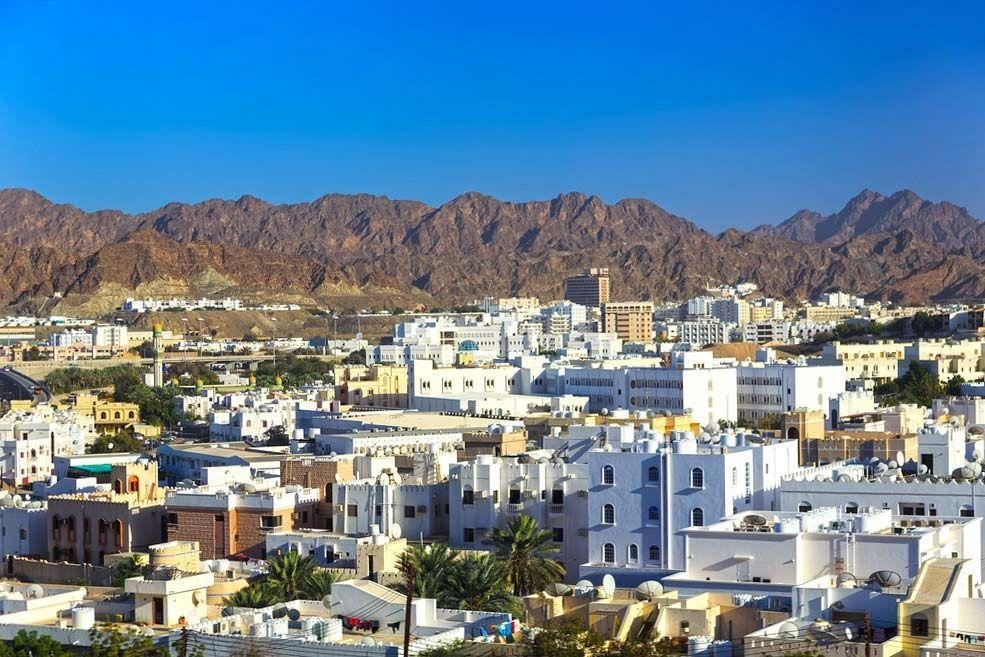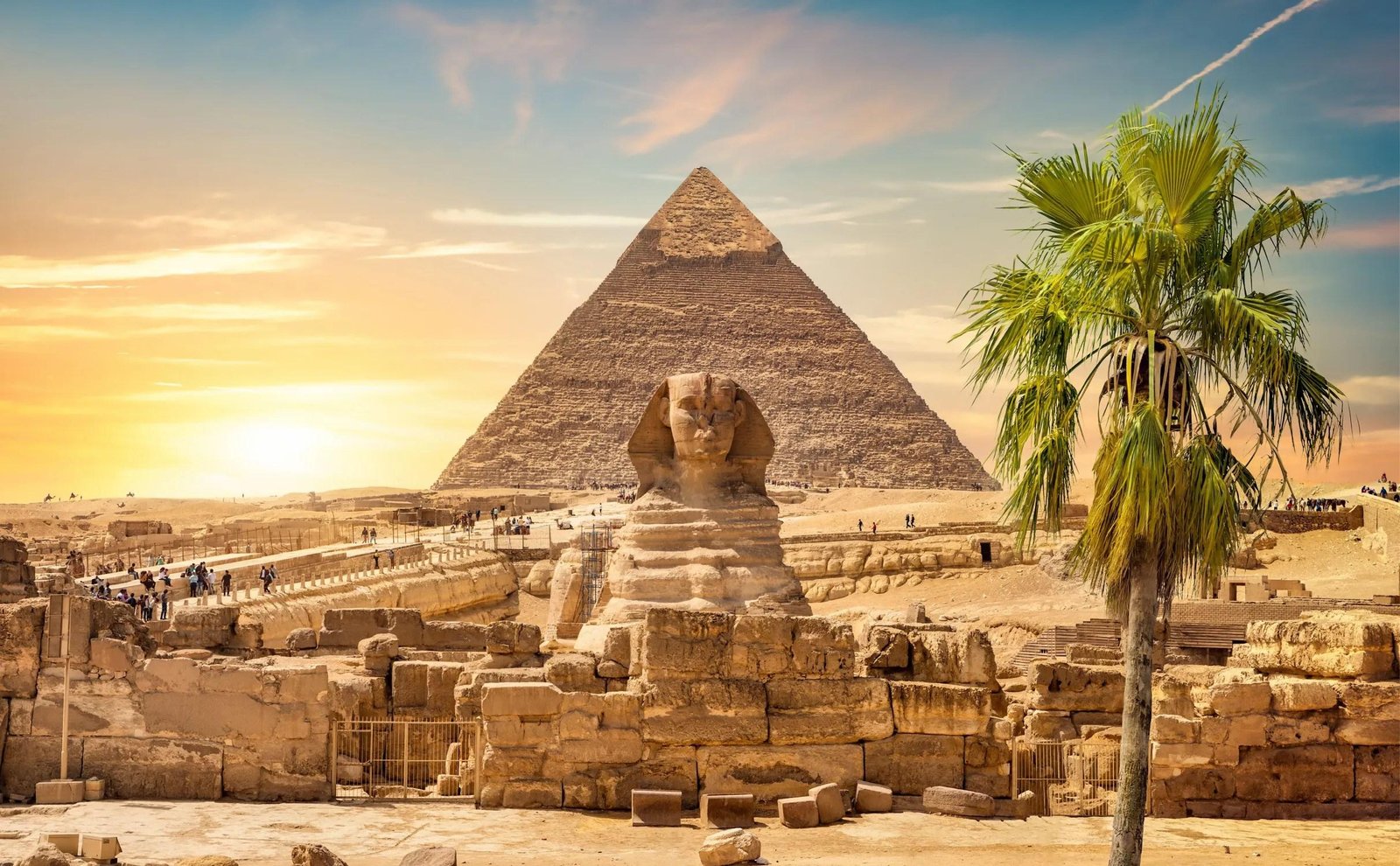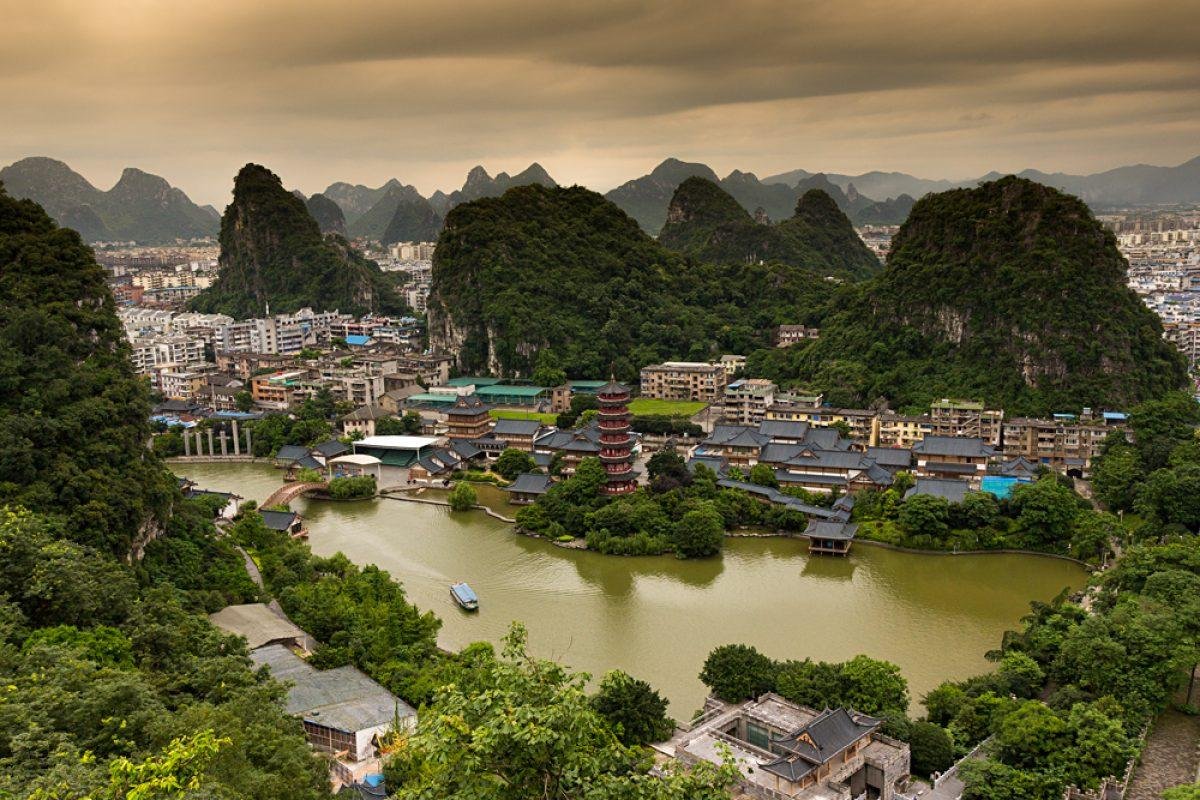Muscat, the capital city of Oman, is a captivating blend of traditional Arabian architecture and modern design, reflecti...
The Architectural Landscape of Busan, South Korea
Busan, South Korea's second-largest city, is a vibrant metropolis known for its stunning coastal scenery, rich history, and diverse architectural styles. Nestled between mountains and the sea, Busan showcases a unique blend of traditional Korean architecture, modern skyscrapers, and innovative urban design that reflects its dynamic culture and rapid development.

One of the most iconic landmarks in Busan is the Busan Tower, located in Yongdusan Park. Completed in 1973, this 120-meter-tall tower offers panoramic views of the city and harbor. Its sleek design and illuminated façade make it a popular attraction, especially at night. The surrounding park, adorned with sculptures and walking paths, enhances the tower's appeal, providing a serene escape in the bustling city.
Another architectural highlight is the Beomeosa Temple, a historic Buddhist temple founded in the 7th century. Nestled in the Geumjeongsan Mountain, the temple complex features traditional Korean architecture, including intricate wooden structures and beautifully landscaped gardens. The main hall, Daeungjeon, is adorned with colorful paintings and serves as a place of worship and meditation. Beomeosa Temple exemplifies the harmony between nature and architecture, inviting visitors to experience tranquility and spirituality.

The Gamcheon Culture Village is another must-visit site that showcases Busan's unique architectural character. Originally a hillside slum, this colorful neighborhood has been transformed into an artistic community filled with vibrant murals, sculptures, and quaint cafes. The steep streets and narrow alleys are lined with brightly painted houses, creating a picturesque setting that attracts artists and tourists alike. The village's design reflects the resilience and creativity of its residents, turning a once-neglected area into a thriving cultural hub.
Busan's modern architectural landscape features innovative designs such as the Busan Cinema Center, home to the Busan International Film Festival. Designed by renowned architect Coop Himmelb(l)au, the building showcases a futuristic design with a distinctive undulating roof. The center's dynamic form and glass façade create a striking visual impact, symbolizing Busan's commitment to the arts and culture. The spacious indoor and outdoor areas host various events, making it a vital part of the city's cultural scene.
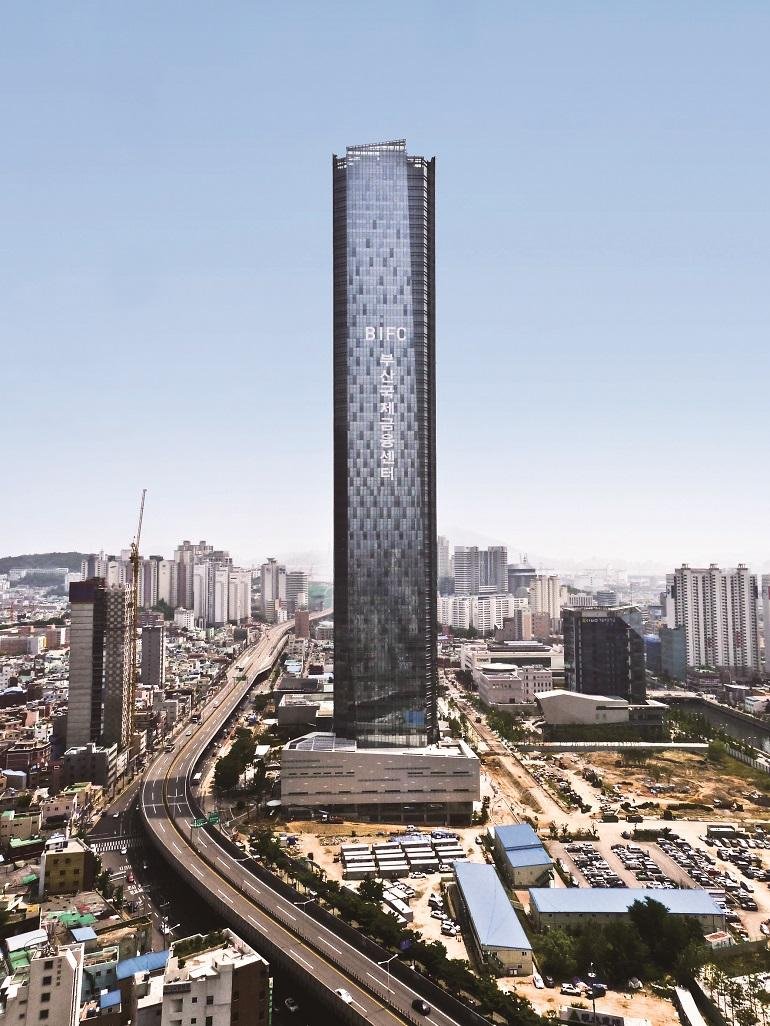
The Busan International Finance Center (BIFC) is another example of modern architecture in the city. This skyscraper complex consists of two towers that house offices, hotels, and retail spaces. The sleek glass exterior and contemporary design reflect Busan's growing status as a financial hub in the region. The BIFC’s design is not only functional but also visually striking, contributing to the city’s skyline.
In contrast to its modern structures, Busan is also home to traditional markets that are architectural treasures in their own right. Jagalchi Fish Market, Korea's largest seafood market, features both indoor and outdoor spaces where vendors sell fresh seafood and local delicacies. The market's vibrant atmosphere and colorful stalls create a lively environment that reflects Busan's maritime culture. The architecture of Jagalchi Market, with its open layout and bustling ambiance, emphasizes the city’s strong connection to the sea.
The Dongbaek Island, located near Haeundae Beach, is a beautiful natural area featuring modern architecture, including the iconic Nurimaru APEC House. Built for the 2005 APEC summit, this structure boasts a unique design that resembles a traditional Korean pavilion. Surrounded by scenic views of the ocean and lush gardens, the APEC House serves as a venue for international meetings and events, symbolizing Busan's role in global diplomacy.
Busan's commitment to sustainability is evident in its urban planning and architectural designs. The city has embraced green architecture with initiatives to incorporate eco-friendly practices in new developments. The Busan Eco Delta City project is a prime example, aiming to create a sustainable urban environment that harmonizes nature and urban living. The design includes green spaces, renewable energy sources, and efficient transportation systems, showcasing Busan's dedication to a sustainable future.
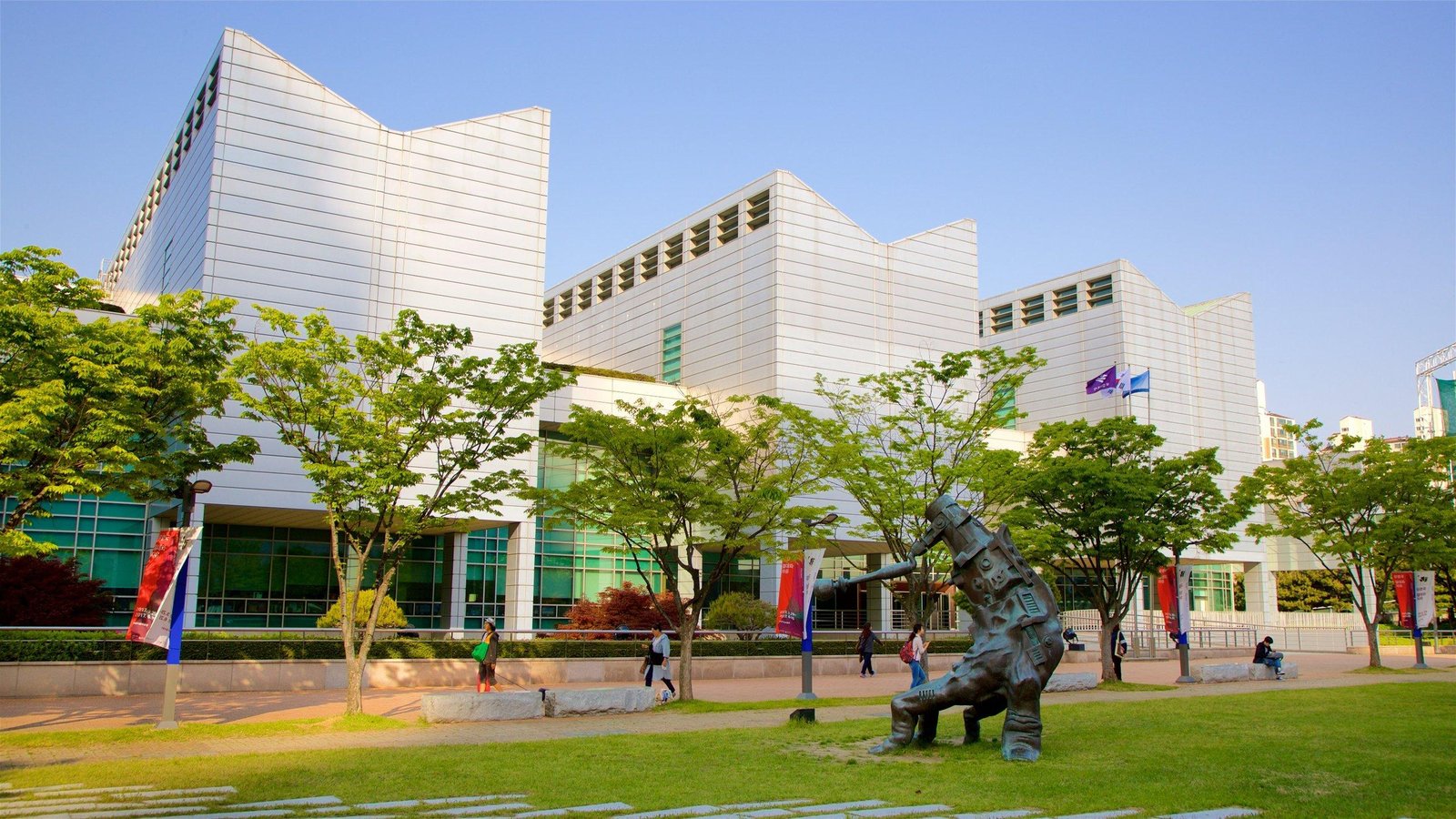
The architectural essence of Busan is also reflected in its numerous cultural institutions. The Busan Museum of Art, designed by architect Kim Jong-soo, features a modern and minimalist design that houses contemporary art collections. The museum's layout encourages fluid movement between indoor and outdoor spaces, creating a dynamic environment for visitors to engage with art. The building's aesthetic complements the surrounding landscape, enhancing the overall experience of art appreciation.
Cultural events and festivals play a significant role in Busan’s community life, often taking place in historic venues and public spaces. The Busan Fireworks Festival, held annually, illuminates the night sky with spectacular displays over the harbor, attracting thousands of spectators. The festival's backdrop, featuring the city's skyline and coastal architecture, creates a breathtaking visual experience, showcasing the beauty of Busan.
The culinary scene in Busan is also intertwined with its architectural identity. Many restaurants and cafes are housed in beautifully designed buildings, offering diners a unique atmosphere to enjoy local specialties, such as raw fish and spicy seafood stew. The combination of architecture and cuisine creates a vibrant dining experience that reflects the city’s cultural richness.
As Busan continues to evolve, urban regeneration projects aim to revitalize neglected areas while preserving the city’s architectural heritage. Efforts to enhance walkability, promote public transportation, and integrate modern design with historical context reflect Busan’s commitment to sustainable urban development. These initiatives ensure that Busan remains a vibrant and livable city, balancing its rich history with contemporary needs.

The architectural essence of Busan is also reflected in its numerous monuments and memorials. The Busan Citizens Park, a large urban park, features a memorial dedicated to the victims of the Korean War. This poignant site encourages reflection on the sacrifices made throughout history, highlighting the role of architecture in shaping collective memory.
In conclusion, Busan is a city where architecture serves as a reflection of its rich history, cultural diversity, and aspirations for the future. The harmonious blend of traditional Korean structures, modern skyscrapers, and vibrant cultural spaces creates a captivating urban environment that enchants all who visit. Whether exploring the grandeur of Beomeosa Temple, admiring the beauty of the Busan Tower, or enjoying the artistic vibrancy of Gamcheon Culture Village, visitors to Busan are sure to be inspired by the city’s architectural charm and cultural depth.
The seamless integration of tradition and modernity ensures that Busan remains a vibrant and livable city, celebrating its past while looking toward the future. With its unique architectural essence, Busan invites all to explore its captivating urban landscape and experience the rich stories that each building has to tell. The city’s architecture not only reflects its glorious past but also shapes its vibrant present and promising future, making it a true gem of South Korea.
Busan’s architectural journey is a testament to the city’s resilience and adaptability, highlighting its ability to embrace change while honoring its historical roots. From its historic temples to modern skyscrapers and cultural institutions, Busan stands as a vibrant example of how architecture can embody the spirit of a place and its people. The city’s commitment to preserving its architectural legacy while embracing innovation ensures that Busan will continue to thrive as a cultural and architectural destination for generations to come.
Share:

